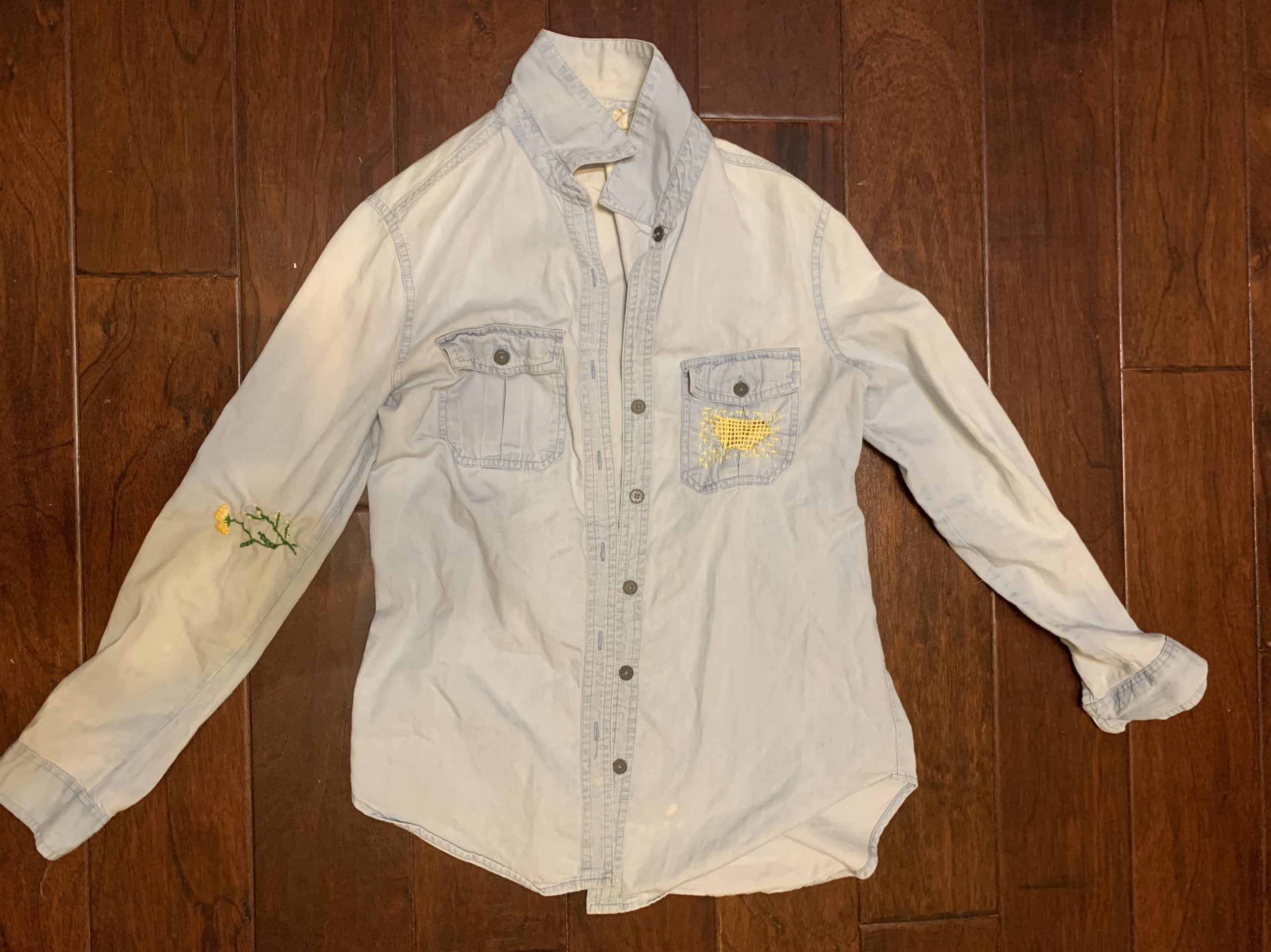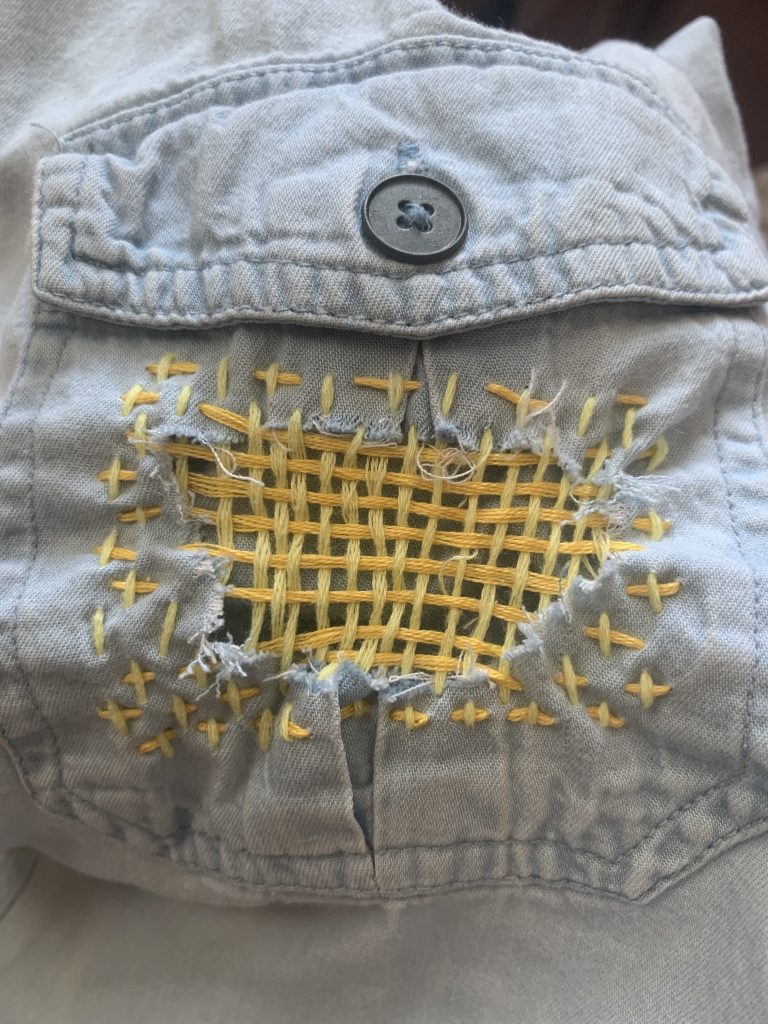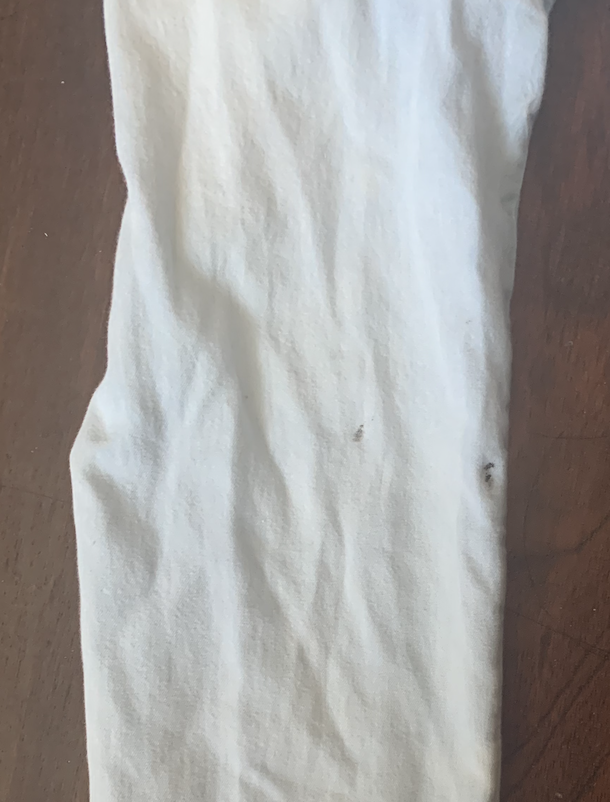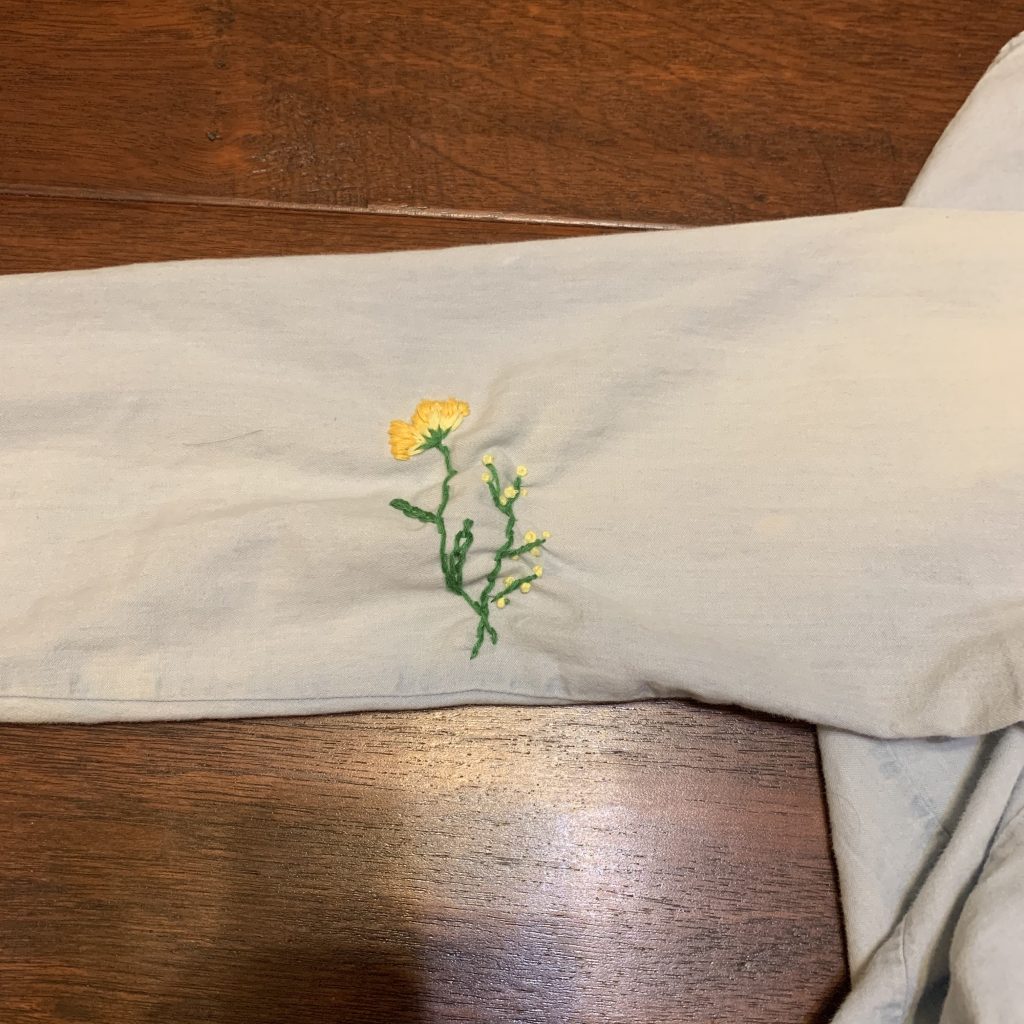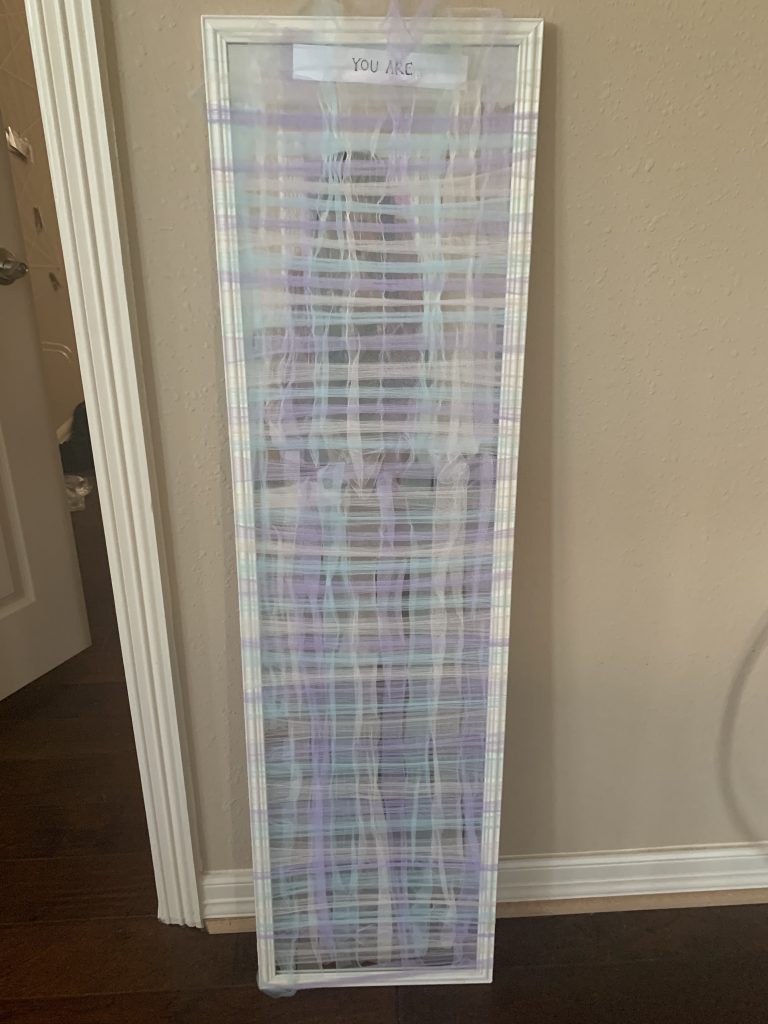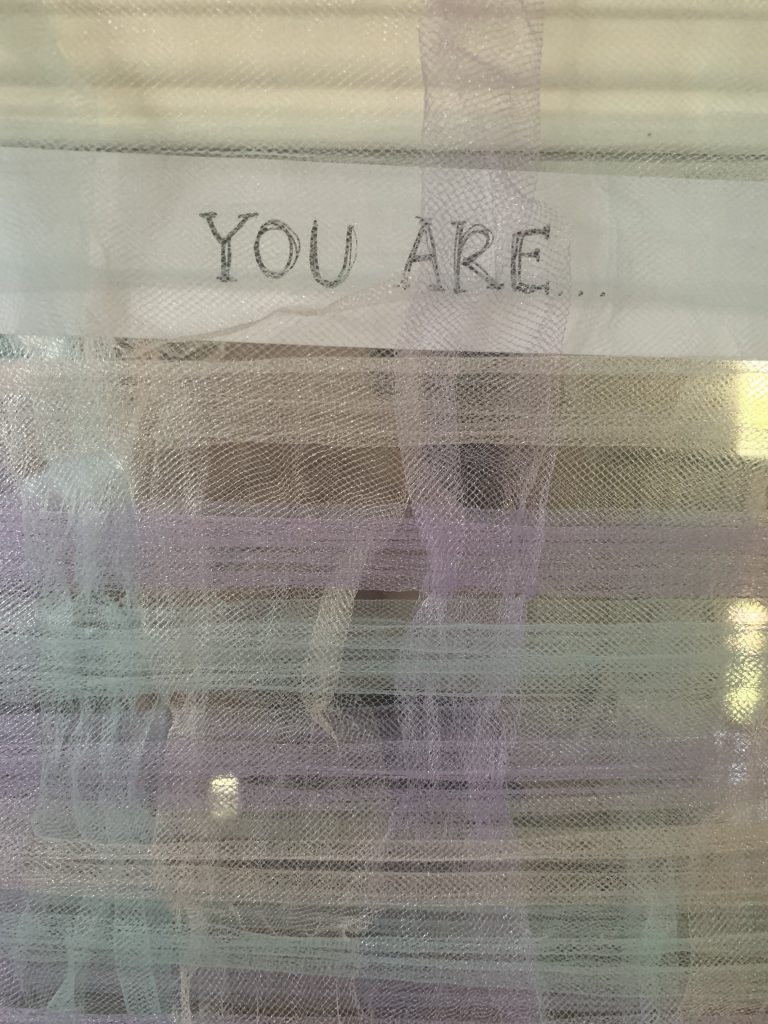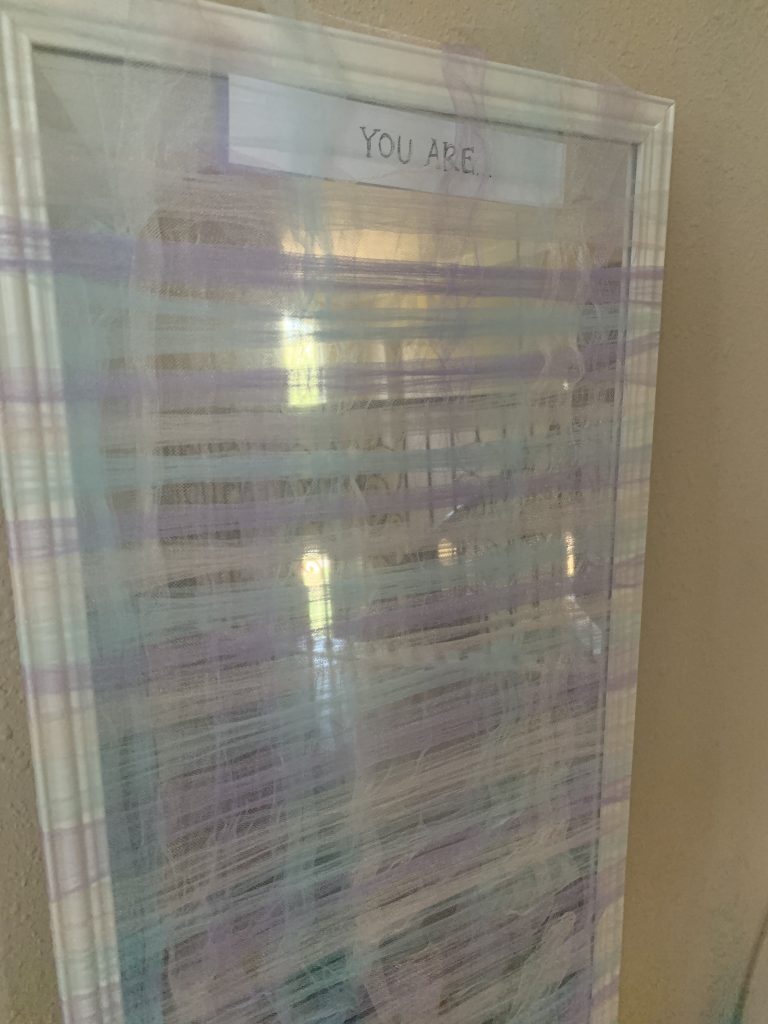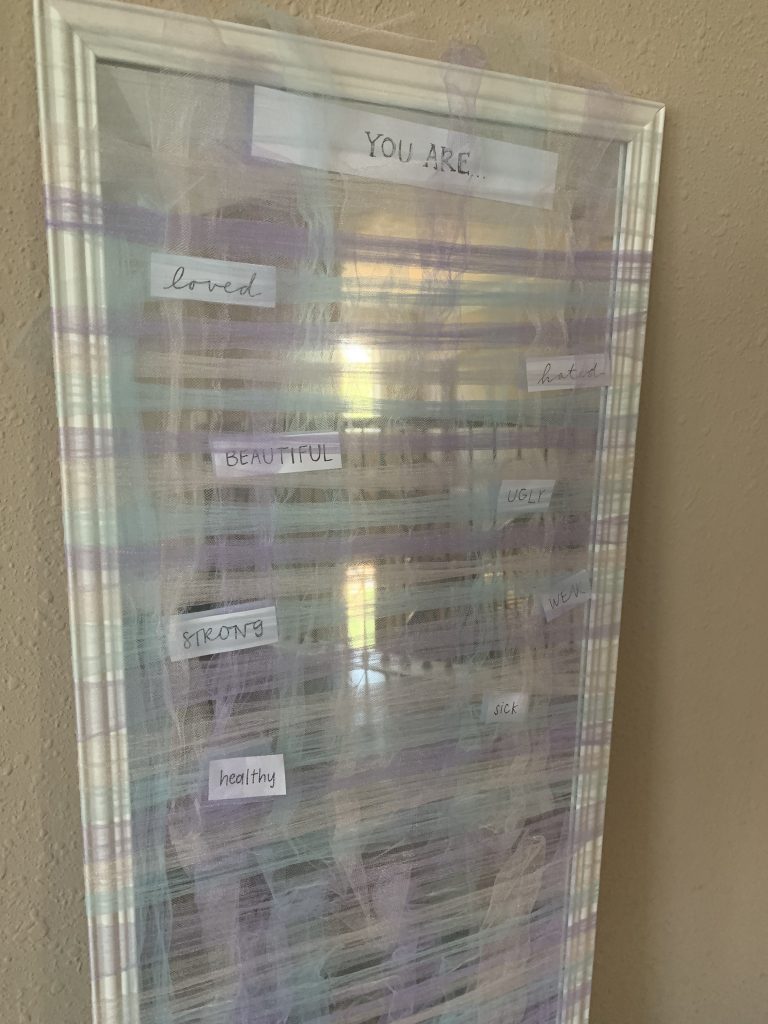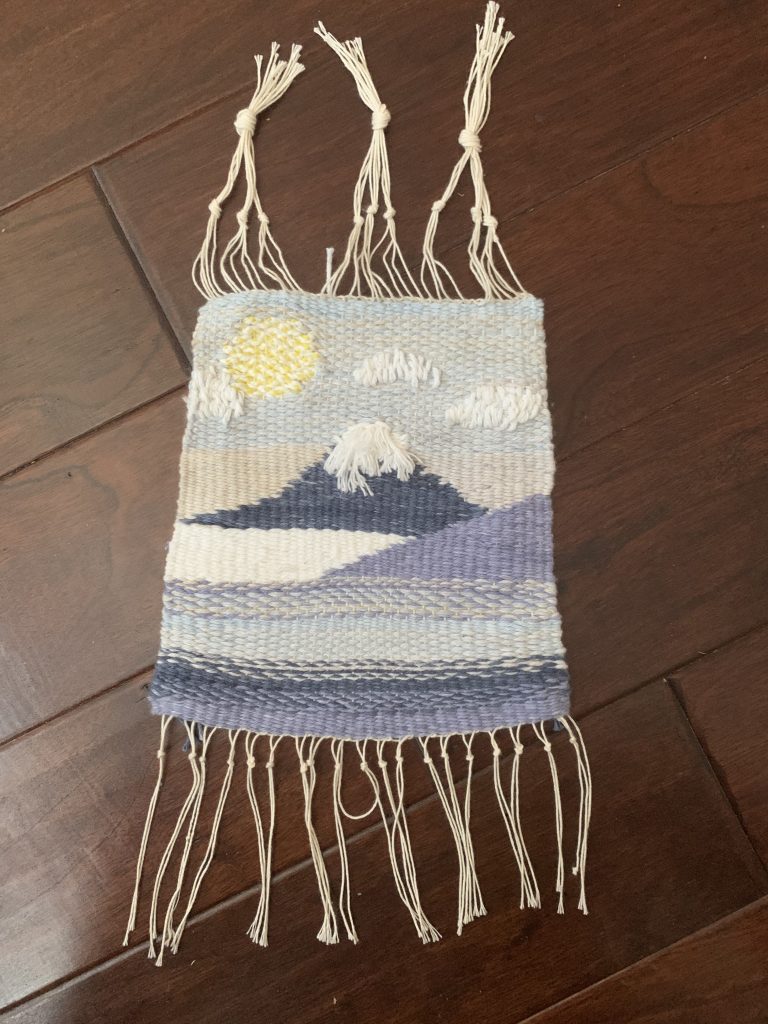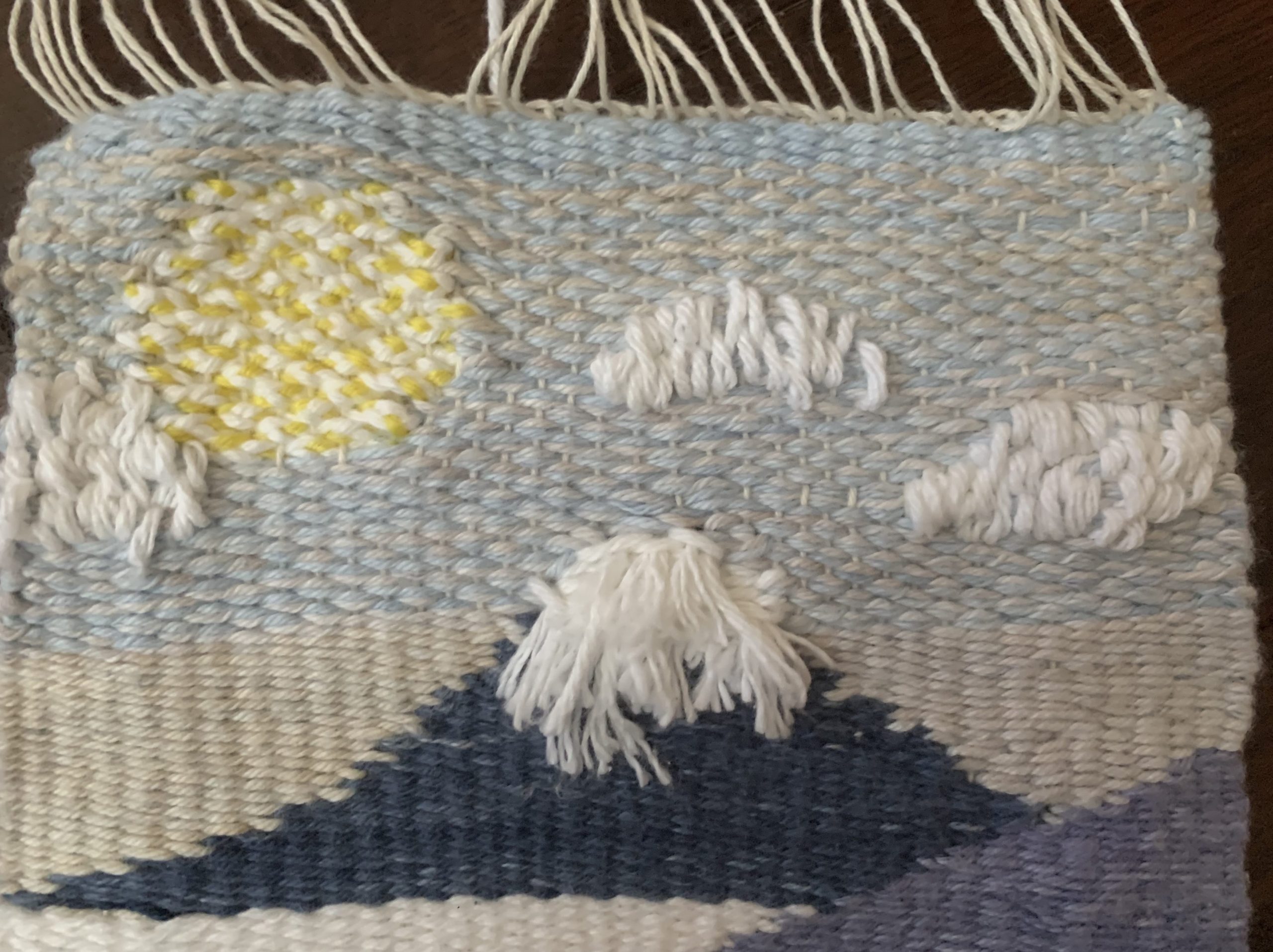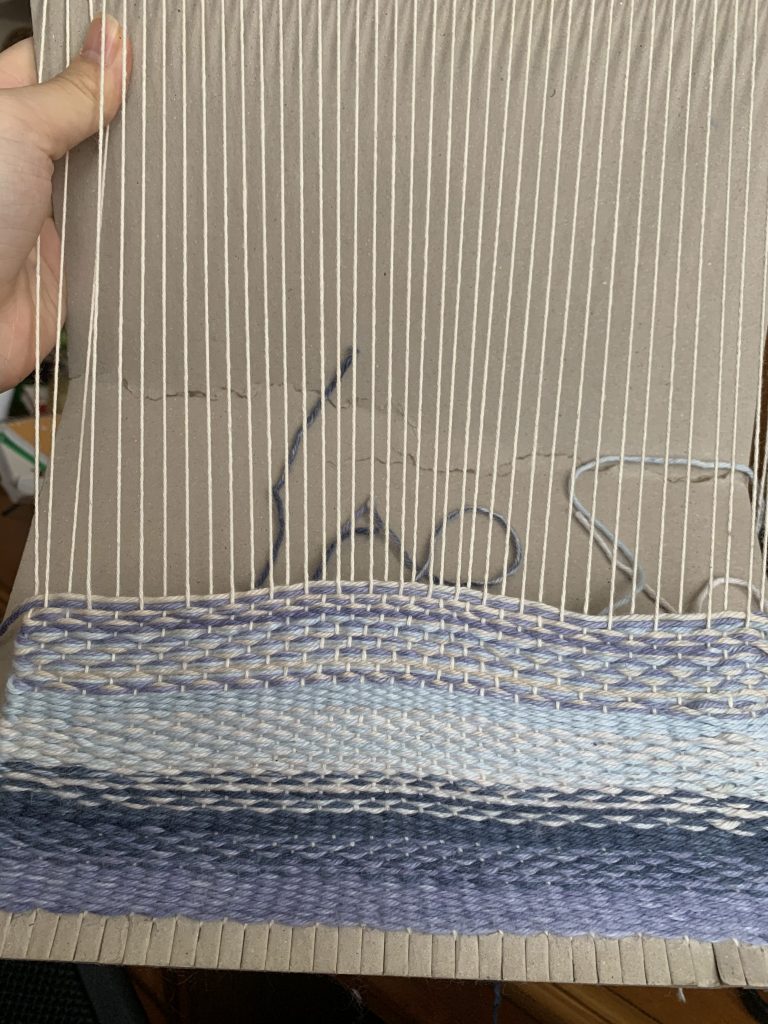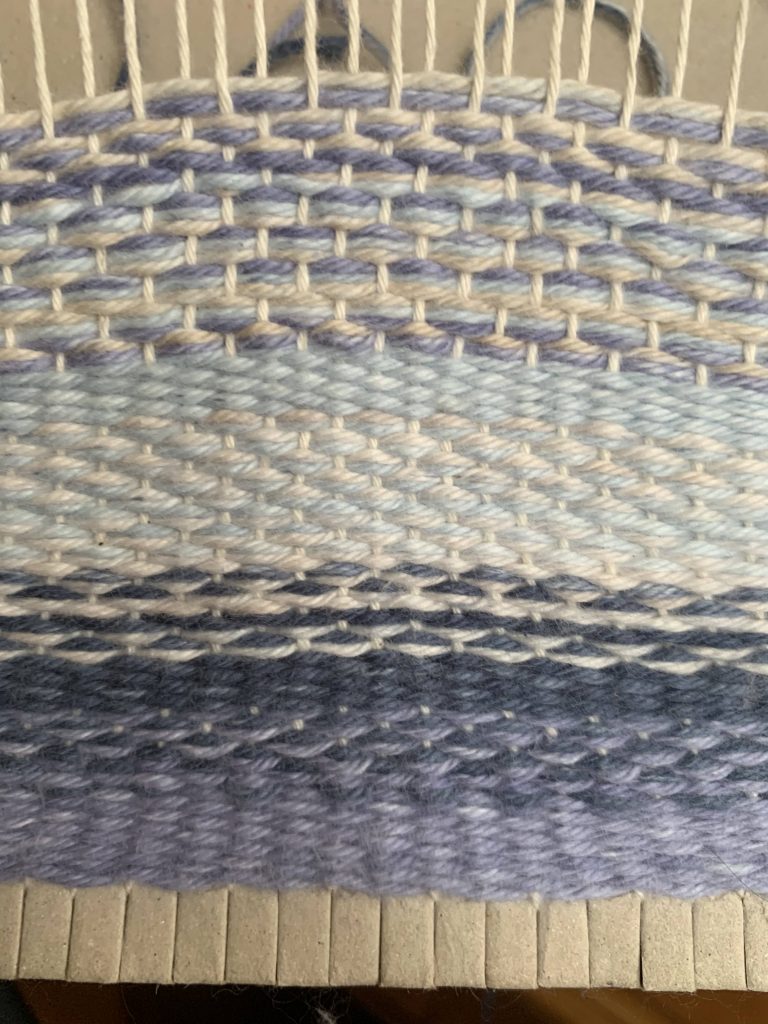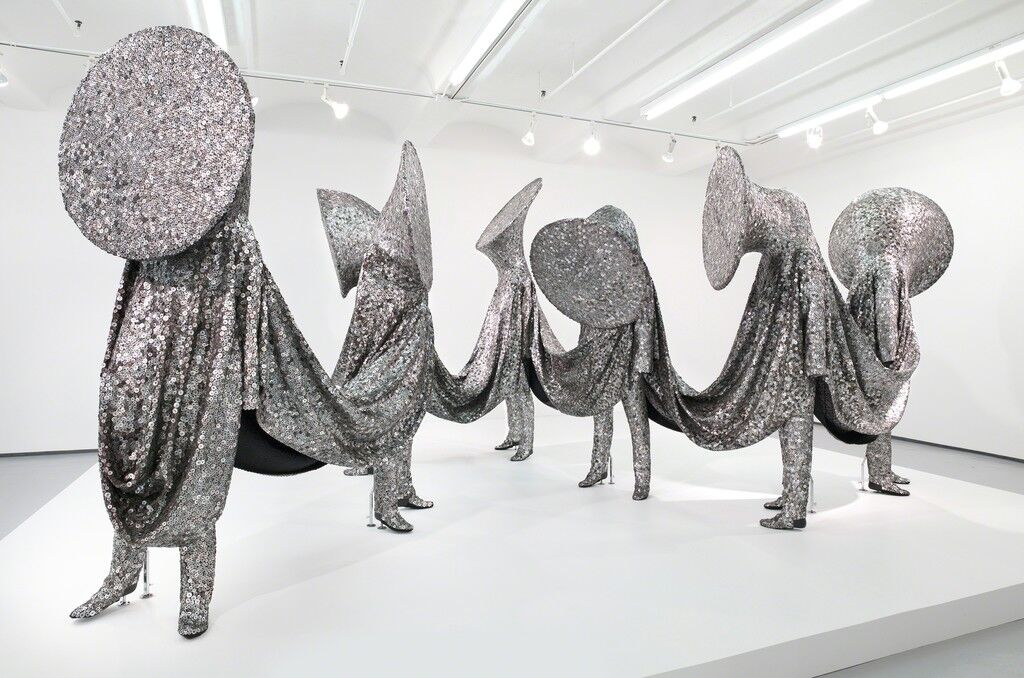Chinese Knotting are created using a single cord or rope that can be tied in endless ways, usually creating a symmetrical pattern, and used for decoration. I chose this textile tradition since I had began seeing it from a young age but did not know much about it.

Historically, the knots were used to record information and convey messages before writing systems were developed. Ancient tools, likely for tying and untying knots, have been discovered and analyzed to have originated a hundred thousand years ago. The earliest known transition to artistic expression of knots was during the Tang Dynasty (618-907 CE) and continued throughout the following generations.
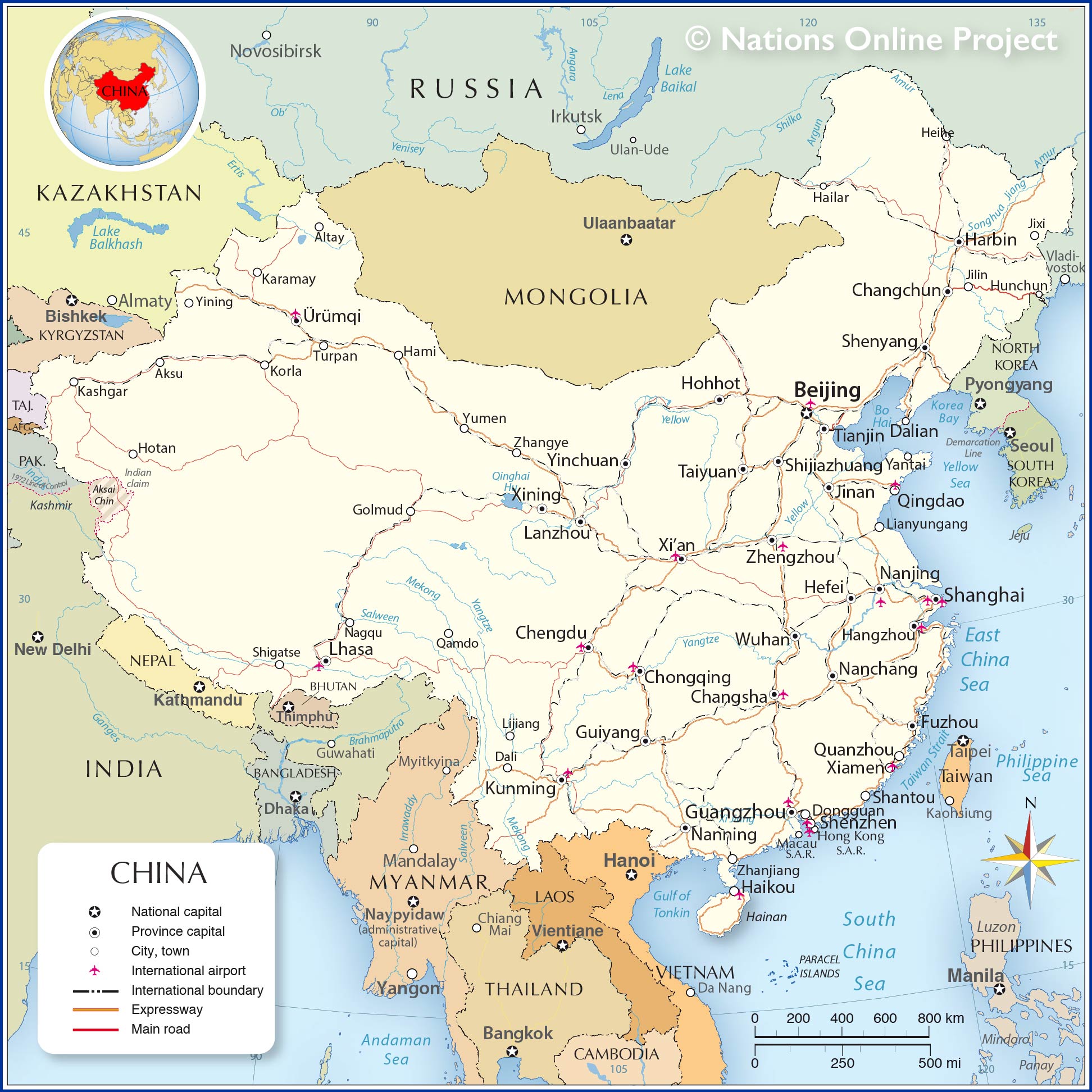
In the modern day, different knots hold different meaning and can be implemented on a variety of occasions.

The pan chang knot is one of the most recognizable and symbolizes the cycle of life. Since it has no visible start or end, it is perceived to mean a smooth, long, happy life and is widely popular during the New Year. The double coin knot, resembling a stack of coins, represents wealth and prosperity which makes it more common in jewelry to “wear” a long, successful life. On the other hand, the button knot is used mainly in place of buttons on traditional clothing and has a meaning of the natural cycles of the universe. Additionally, Chinese knotting is deep red to symbolize good fortune, a common theme throughout Chinese culture.

Moreover, the meaning of the Chinese for word ‘rope’ (shèng) is a homonym to words meaning spirit, divine, and life. So knots also had a spiritual meaning in their use. The word for ‘knot’ (jié) also has other meanings in different contexts. For example, ‘tuán jié’ which means ‘to unite,’ ‘jié hūn’ means ‘to marry,’ and ‘jié guŏ’ means ‘bear fruit,’ ‘result,’ or ‘outcome.’ Therefore, a knot given to a marriage partner or a couple means all these things and to have children as well.
Reference: https://www.chinahighlights.com/travelguide/culture/knot.htm

